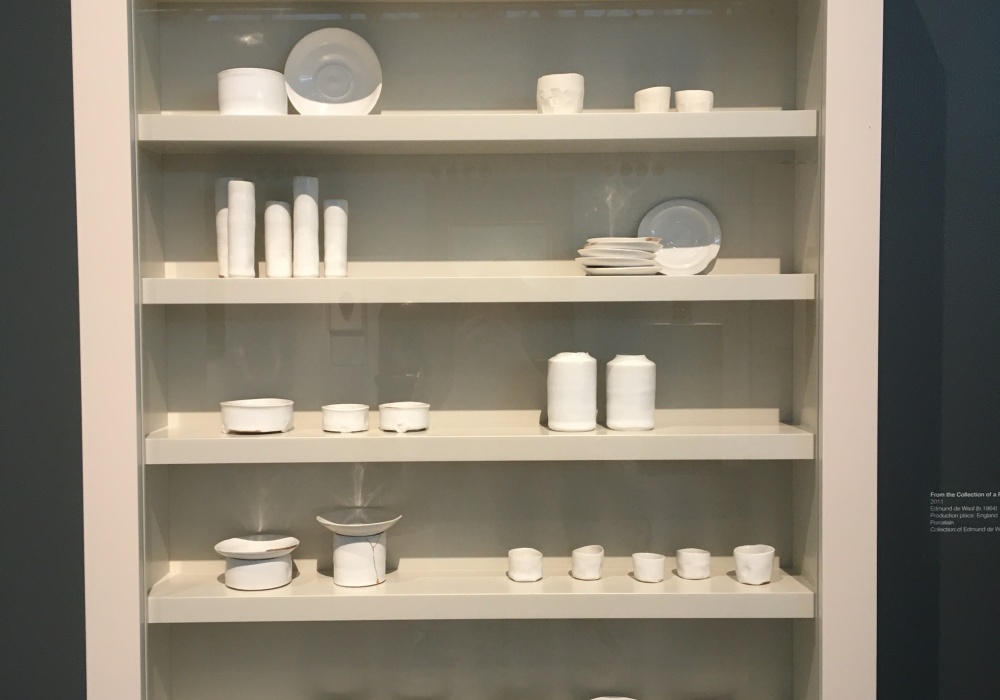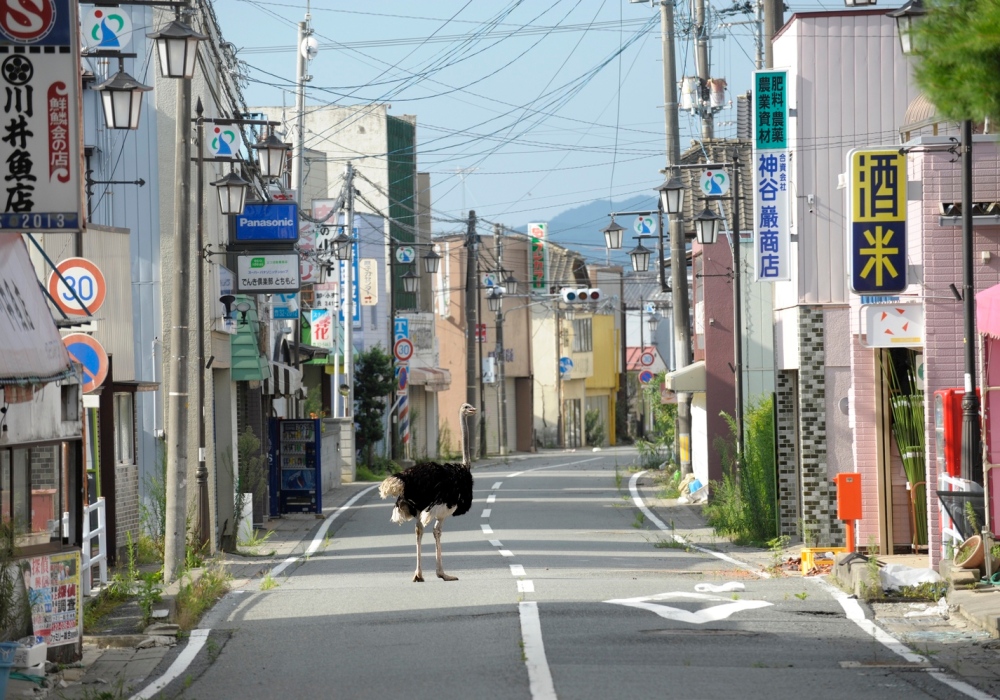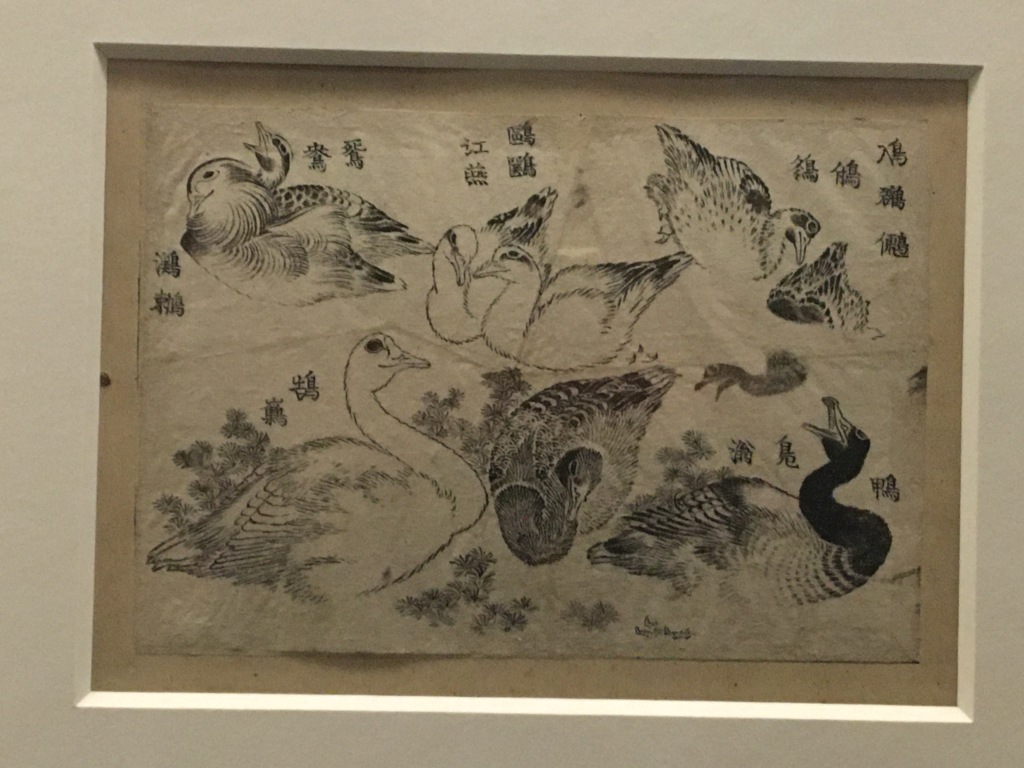
Reflections on Calligraphy in Japan: Part, Present & Future
Out of all the forms of art to come from Japan one of the most influential – if not the most influential – has got to be calligraphy. First introduced to Japan during the 6th century calligraphy’s artistic significance has continually transformed throughout history. Today, in the 21st century, it is possible to look back at reflectively at the history of calligraphy in Japan to consider the way that its socio-political influence has changed, both within Japan and the wider world. This reflective consideration of calligraphy has been a focus of study this week, and as such this post will analyse two different academic discussions about calligraphy’s influence throughout history.
The first discussion comes in the form of an hour’s lecture produced by the Metropolitan Museum as part of their Sunday at the Met series. The lecture, consisting of talks by Tomoko Sakumura and John Carpenter and a brief calligraphy demonstration by Shodo Harada Roshii, was largely concerned with the role of calligraphy in pre-modern Japan.
Beginning with a discussion on waka – or ancient court poetry – before moving on to an examination of the presence of calligraphy within medieval artwork, the talks concluded by looking at the aesthetic dimensions of calligraphy as a form of writing. The topic of this talk was very much on calligraphy’s influence within Japan alone, examining the way this artform was expressed during a time period yet uninfluenced by the wider artistic world. However, the second academic discussion I have looked by contrast shifts its focus sharply towards calligraphy’s influence on the wider artistic world following the second world war.

The work of our very own Eugenia Bogdanova-Kummer, the creator and course director of UEA’s MA in Interdisciplinary Japanese Studies, Bokujinkai: Japanese Calligraphy and the Postwar Avant-Garde considers how post-war calligraphy bridged artistic interests between Japan and the East. ‘Bokujinkai’ refers to the 1950’s calligraphy research and exhibition collective who worked to advance avant-garde or ‘modern’ calligraphy. In her book, Professor Bogdanova-Kummer details how the abstract form of calligraphy was likened to American interpretive art. Inspired by this similarity, a blending of the two artforms was proposed as a way to unite the two previously warring nations through art. The efforts of the group, and the success of their monthly publication, Bokubi, would pave the way for calligraphy’s recognition within the western modern-art world, cementing a place for the art form not just within Japanese art, but also internationally.
Having moved from the use of calligraphy in pre-modern Japanese art to its post-war use as a means of improving east-west relations, it is curious to consider how the significance of calligraphy has changed within Japan over time.
And this has got me thinking; having gone through such a fundamental transformation over the past millennia, what is in store for the future of calligraphy? This is a question that it appears only time will answer.
Further reading
The Met (2013). Sunday at the Met: Brush Writing in the Arts of Japan. Accessed at https://www.youtube.com/watch?v=V3AGgwUlaJc.
Bogdanova-Kummer, Eugenia (2020). Bokujinkai: Japanese Calligraphy and the Postwar Avant-Garde. Japanese Visual Culture, Vol 19. Brill. ISBN 9789004437067.



















